Species Photo Gallery for Paraphlepsius eburneolus No Common Name 17 |
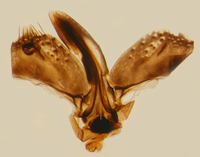 | Photo by: Bo Sullivan
Jones Co.
Comment: female, 6.0 mm | 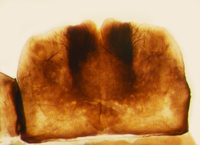 | Photo by: Bo Sullivan
Jones Co.
Comment: female, 6.0 mm |
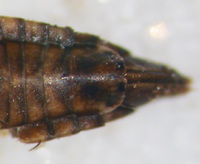 | Photo by: Bo Sullivan
Jones Co.
Comment: female, 6.0 mm |  | Photo by: Bo Sullivan
Jones Co.
Comment: female, 6.0 mm |
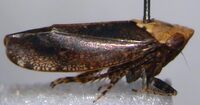 | Photo by: Bo Sullivan
Jones Co.
Comment: female, 6.0 mm | 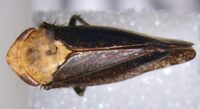 | Photo by: Bo Sullivan
Jones Co.
Comment: female, 6.0 mm |
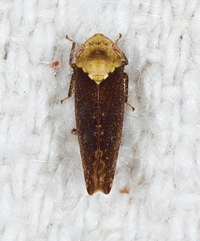 | Photo by: Jim Petranka
Madison Co.
Comment: The site is a mixed hardwood-pine forest at 2200'. |  | Photo by: Jim Petranka
Madison Co.
Comment: The site is a mixed hardwood-pine forest at 2200\'. |
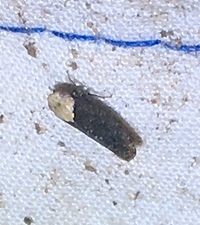 | Photo by: R. Emmitt
Orange Co.
Comment: IV light | 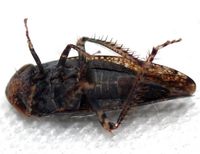 | Photo by: Kyle Kittelberger, Brian Bockhahn
Rockingham Co.
Comment: grassy area near mixed hardwood forest and a pond |
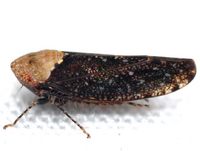 | Photo by: Kyle Kittelberger, Brian Bockhahn
Rockingham Co.
Comment: grassy area near mixed hardwood forest and a pond | 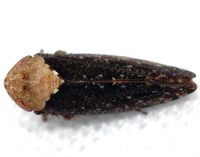 | Photo by: Kyle Kittelberger, Brian Bockhahn
Rockingham Co.
Comment: grassy area near mixed hardwood forest and a pond |
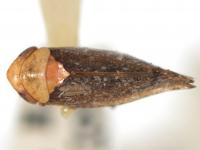 | Photo by: Kyle Kittelberger
Out Of State Co.
Comment: NCSU specimens | 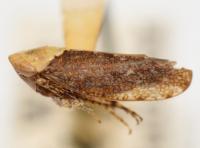 | Photo by: Kyle Kittelberger
Out Of State Co.
Comment: NCSU specimens |
 | Photo by: Kyle Kittelberger
Out Of State Co.
Comment: NCSU specimens |  | Photo by: Kyle Kittelberger
Out Of State Co.
Comment: NCSU specimens |
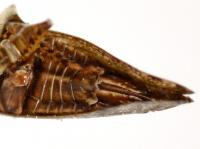 | Photo by: Kyle Kittelberger
Out Of State Co.
Comment: NCSU specimens |

 »
»




 »
»


